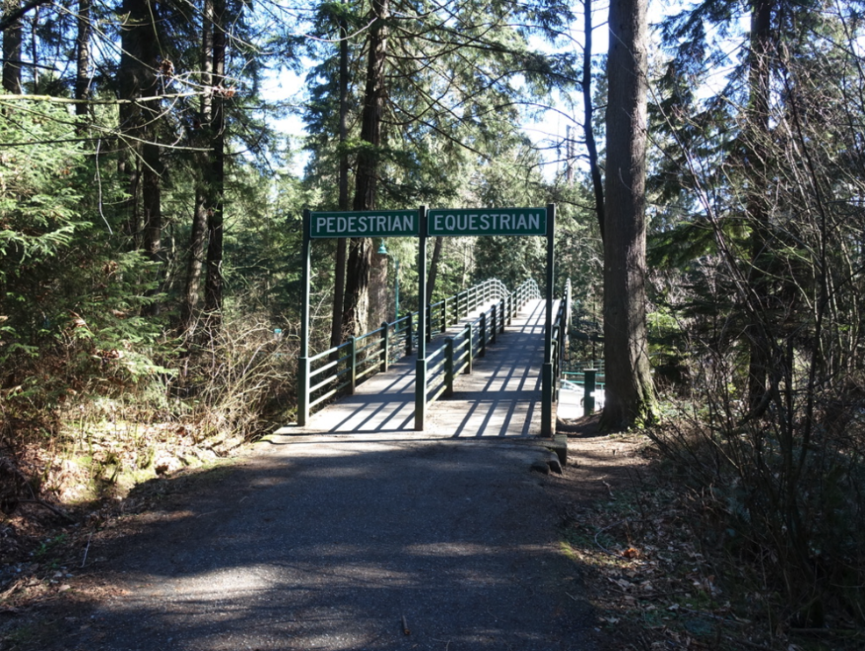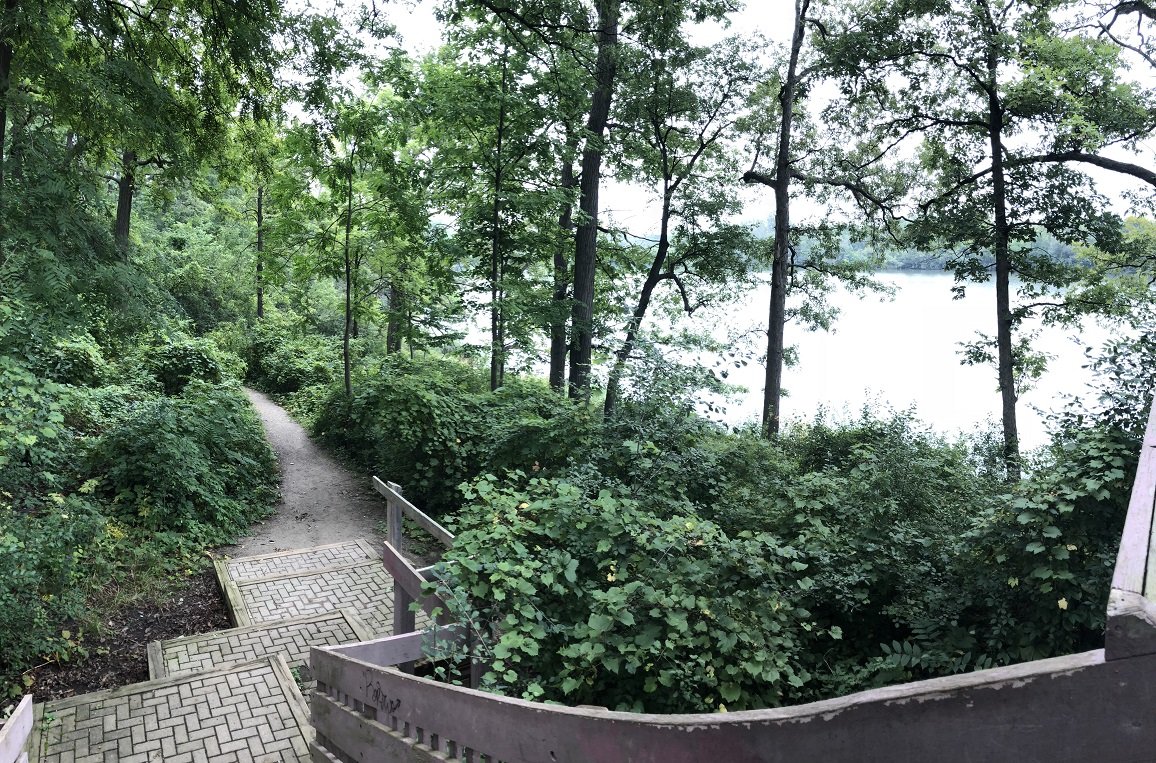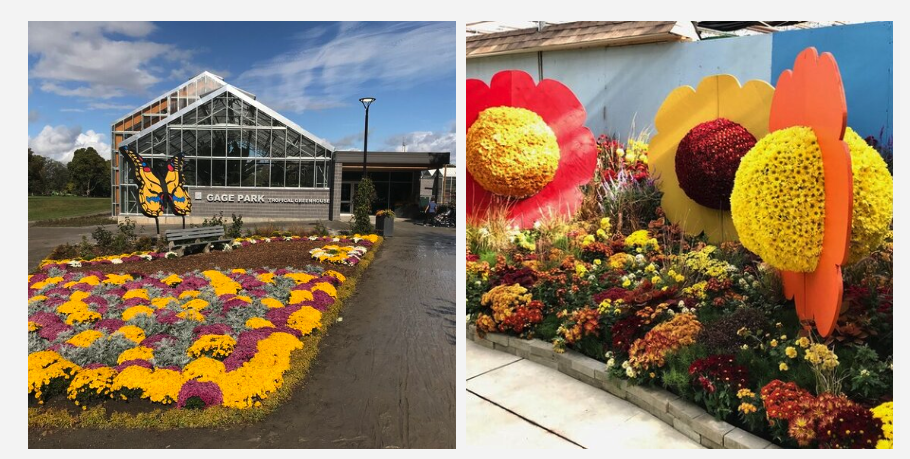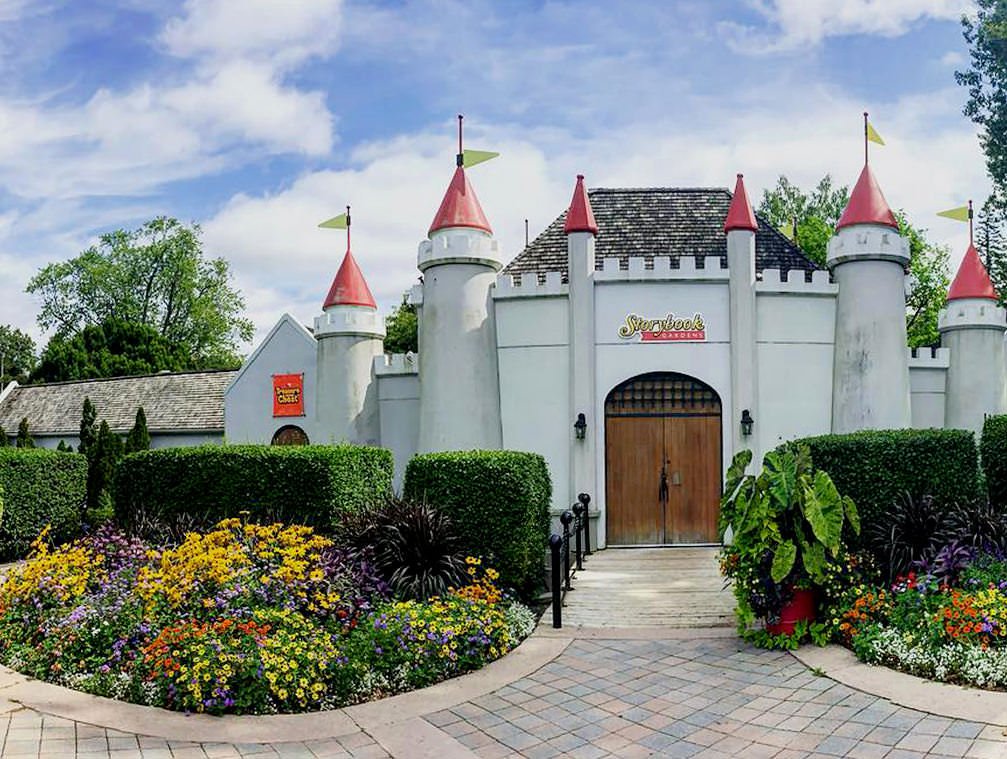Book Report: City Parks Of Canada (published 1983)
One of my fun flaneur finds from our Ottawa trip was the book “City Parks Of Canada” by Linda Martin and Kerry Savage at the Book Bazaar on Bank Street. Regular Everyday Tourist blog readers, know I love urban parks so when I saw this book I immediately had to see how many of the city parks I had visited. Any guesses? Read to the end and you will find out.
Vancouver’s Stanley Park is perhaps Canada’s most famous city park.
Background
Published in 1983, the book is now 40 years old and a lot has happened since. Many cities across Canada have created new “city parks” across Canada. In Calgary the “city park” featured is Bowness Park, which is one of the City’s oldest, but I immediately wondered if the authors were writing the book today would they have chosen a different park. Perhaps Nose Hill Park with its spectacular views of the Rocky Mountains, downtown skyline and the Blackfoot Nation’s Siksikaitsitapi Medicine Wheel. Or perhaps one or more of Calgary’s urban parks in the City Centre - Memorial Park or the Bow River Island Parks (Prince’s, St. Patrick’s and St. George’s).
I suspect most Canadians would be hard pressed to name more than three or four Canadian “city parks, “other than their hometown ones.
Assiniboine Park in Winnipeg created in 1908, today it is home to a zoo, conservatory, pavilion/theatre, forest, various gardens including the Leo Mol sculpture garden, outdoor theatre, children’s nature and adventure playground and the The Leaf (an indoor rainforest-like paradise).
City Parks History
The “Introduction” provides a brief history of “city parks” in Canada and how they emerged in the latter park of 19th century as a response to the industrialization and urbanization of Canada. As city living became more common and Canadian cities grew, people found themselves remote from nature and with no time or means of transportation to get to the country. Cities responded to the need for citizens to have access to nature by acquiring land for the development of public parks within the city’s boundaries.”
The authors acknowledge the important influence of Fredrick Law Olmstead, as North America’s great urban park planner. Olmstead designed New York City’s iconic Central Park and Montreal’s Mount Royal Park, as well as suggesting the need to preserve Niagara Falls and its stunning view for the public by creating a park next to it. (FYI: I also picked up a copy of Witold Rybczynski’s “A Clearing In the Distance” about the life of Olmstead at the Book Bazaar.)
Canada’s early “city parks” were the focal point for social and recreational activities. Most had pavilions of some sort for hosting concerts and dances - the highlights of the city’s social scene. Circuses, political rallies and travelling dignitaries were often hosted at the parks. Some started as zoos, others were “part park, part carnival,” while others even offered camping sites.
Many of the parks fell on hard times from 1914 to 1950s due to two world wars and the Depression. Several of the parks were refreshed in 1967 as Centennial projects.
The authors conclude with “city parks” today (remember we are talking the early 1980s) are less multi-faceted and used mostly as picnic grounds, playing fields, walking paths and just enjoying nature. They have a natural oasis as city living has become more crowded, hectic and removed from nature. Today, city parks are widely recognized as critical to the health of its citizens.
I have chosen to share the stories of a seven of the lesser known Canadian “city parks” profiled in the book.
Brantford, Mohawk Park
Brantford is named in honour of Joseph Brant, chief of the Mohawk Indians, who settled in the area after the American revolutionary war. The Mohawks received their Iroquois tribal name from their enemies, the Algonquins. It means “cannibals” and refers to their habit of eating their captured enemies’ bodies.
The Brantford Street Railway created the 44-acre park in 1895 with several amusement rides, a theatre, sports ground, grandstand and bicycle track. In 1914, the City took over management of the park which was described as “heavily timbered, but with fine open-spaces, it has the additional advantage of a location upon a small lake, from a high bank of which a magnificent view is afforded of a fine agricultural district….”
Over the years, the park has been redeveloped and enhanced and often cited as “a city jewel.”
Cambridge, Soper’s Park
This park, which began as Jackson’s Park, was a 10-acre field in William Jackson’s farm that was used as a recreational area in the 1890s and purchased by the city in 1902. In 1919, Dr. Augustus Soper, whose hillside home overlooked the park, took an interest in enhancing the park by constructing dams in Mill Creek to create swimming pools and planting different species of trees. By 1923, Soper had added a bowling green (the largest in Ontario at the time), merry-go-round, playground pavilion, athletic field and picnic tables, the latter could be reserved for $1.00.
The pride of the park was the peony garden planted by the Galt Horticultural Society. Unfortunately, around 1960, the garden disappeared due to lack of funds and interest. For many years, it was home to large public swimming pool, which has since been decommissioned and the City is looking at other uses.
Indeed, parks are always evolving to meet the new needs of the communities they serve.
Charlottetown, Victoria Park
This park’s history dates to 1786, when the town was first surveyed and 100 acres were granted to Sir Guy Carleton, Lord Dorchester, who was the Governor of Lower Canada and Governor-General of British North America. In the 1870s, local citizens lobbied the Federal government to transfer 40 acres of those 100 acres (which was by then known as Government House) to the city for a park. More land was transferred in the early 1900s to create a 61-acre park.
By 1877, a great deal of work had been done to create the park, including a pond, two bath houses and Fort Edward overlooking the harbour. In the early 1980s, it included a swimming pool, children’s playground, tennis courts, clubhouse, baseball and soccer fields, a bandshell and walking paths as well as the official residence of PEI’s Lieutenant-Governor, known as Fannybank.
Stretching from one end of the park, at Brighton Road, along the water to West Street, the board walk is 1.2 km long. It was built in the summer of 1994 with a vision of being able to walk the entire length of the city's water font.
Hamilton, Gage Park
The City of Hamilton purchased the 64-acres for Gage Park in the city’s east end, just below the mountain (aka Niagara Escarpment) from Robert Gage for $320,000, in 1918. There was a caveat that the Gage family could continue to live in their home on the site. Prior to 1918, the site hosted a variety of events including circuses, political rallies and side shows. In the 1860s, a racetrack was located there and the Queen’s Plate, now Canada’s premier horse race was run there twice.
It became “an unattractive, unkempt, weed littered circus ground” until the early 1920s when it was converted into one of Hamilton’s horticultural showpieces with the addition of a greenhouse and rose garden and later tennis court and lawn bowling (FYI: I have fond memories of the park and the lawn bowling with my first girlfriend.)
Following the death of Eugenia Gage, the Gage family home and remaining property was acquired by the City. The family home, known as ‘The Retreat’ is currently home to a Children’s Museum.
Today, the park continues to be a hidden gem for gardeners with its Gage Park Tropical Greenhouse, a fully accessible public space with waterfalls, subtropical plants and ponds. It also hosts an annual Chrysanthemum show each October featuring 200 varieties and 100,000+ blooms.
As Hamilton is my hometown, it is curious to me that the authors chose Gage Park and not Dundurn Park, the latter with its castle (large home), waterfront and history to profile.
London, Springbank Park
The land for the 350-acre Springbank Park was originally purchased in 1878 - not for a park but as the cornerstone of the city’s first waterworks system (due to its natural springs). The first underground reservoir created in 1878, was replaced in 1970 by a new 18-million gallon underground tank. A second 10-million gallon tank created in 1920 was still in operation in the early ‘80s. Today summer picnickers relax and play on the grass fields oblivious to the huge underground tanks.
One of the more popular ways to get to the park in the early years was via three steamboats on the Thames River from a downtown dock. On May 24, 1881, the streamer “Victoria” capsized and 181 lives were lost. At that time, the park had an amusement centre, shooting gallery, dance hall, roller coaster and other rides. A stock theatre company regularly performed in the open-air theatre. In 1920 a miniature steam railway was installed and still thrives today (1980s) giving rides around the park to adults and children. In 1922, to lure more tourist to the park a “motor camp” was created with free water, electricity and cook stoves, but was discontinued in 1930.
In 1915, a zoo was started but was never very successful and was replaced by Storybook Gardens facility in 1958. The 7-acre attraction was championed by local Earl Nichols and Elmo Curts after visiting similar facilities in Oakland and San Francisco where displays were created to bring to life children’s nursery rhymes and fairy tales such as Jack and Jill and the Three Little Pigs. At that time, it included several hundred live birds and a wide variety of animals – sea lions, bears, peacock, swans and beaver.
Today, Storybook Gardens includes Jumping Pillow, Pirate's Island, Hands in the Sand Play, Gnorbert's Garden, Miniature Play Village and On the Riverbank Splash Pad. In the winter, a beautiful outdoor skating trails wind around the garden.
Prince George, Fort George Park
Prince George’s 74-acre Fort George Park was not officially opened until the late 1950s but the history of the site goes back almost 200 years. Fort George, on the west bank of the Fraser River, was first settled in 1807 by explorer Simon Fraser as a trading post which remained in operation until 1915. A Carrier Indian Village (Lheidli T’enneh First Nation), was established in the northern portion of the park site from 1814 to 1822 and then an Indian Reserve until 1914 when the residents were relocated to another Reserve.
Grand Trunk Pacific Railway purchased the Reserve in the early 1900s for a townsite and set aside the site of the Indian Village as a public park, but the buildings were destroyed by a fire soon afterwards and the park site stood unattended for many years and became wilderness area.
In the early 1940s, there was a failed attempt to create a golf course. Then in early ‘50s, the City negotiated with Indian Affairs and Qua Indian Band to acquire the land including the old burial grounds which became a main point of interest. Fort George Park opened in 1958 as part of British Columbia’s centennial celebrations. In 1971 a stockade and museum were added, but the museum was destroyed in a fire four years later and a new museum opened in 1981.
In the ‘80s, the park boasted “a narrow-gauge railway, a station patterned after the early Grand Trunk station and the steam locomotive which pulls the coaches is an original work engine used in 1913 by the Grand Trunk railway in Prince George.”
In 2015, the park was renamed Lheidli T’enneh (which means people from where two rivers flow together) Memorial Park paying homage to the First Nation’s burial grounds and the heritage of the site.
Windsor, Jackson Park
Windsor’s Jackson Park was initially a racetrack from the mid 1890s to 1928 when the City bought the 85-acre site for $700,000 and named it after Cecil E. Jackson, the mayor at the time. (Nice work Cecil, get the taxpayers to create a park and then get it named after yourself!)
In the 1930s a Sunken Garden with central pool and fountain was created as a Depression era make work project. The park was also home to a variety of sports facilities – lawn bowling, football, rugby, baseball and tennis. Cricket has been played there since 1939 and a rose garden was added in 1966 with 12,000 rose bushes representing 540 different varieties, with a World War II Lancaster Bomber in the middle garden.
Since 2017, the park has been home to the popular “Bright Lights Windsor” holiday-themed winter light festival.
Last Word
“City Parks Of Canada” is fun read for anyone interested in Canadian history or city building. It amazed me the similarities in the history and design of the parks across Canada and how they have evolved.
One of the saddest developments since this early ‘80s book was written is how “city parks” in many Canadian cities have become encampment sites for the homeless today.
If you are interested in reading about all the parks, check your local library to see if they have a copy or Abe Books has a couple for sale (or maybe check with your local used bookstore).
FYI: I have visited 12 of the 33 parks listed. Maybe I should add visiting the other 21 to my “bucket list!”
If you like this blog you will like these links to other park blogs:
Canada: Growing Importance of Urban Parks in the 21st Century









